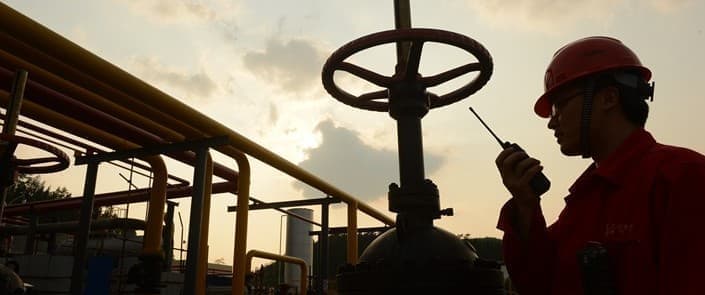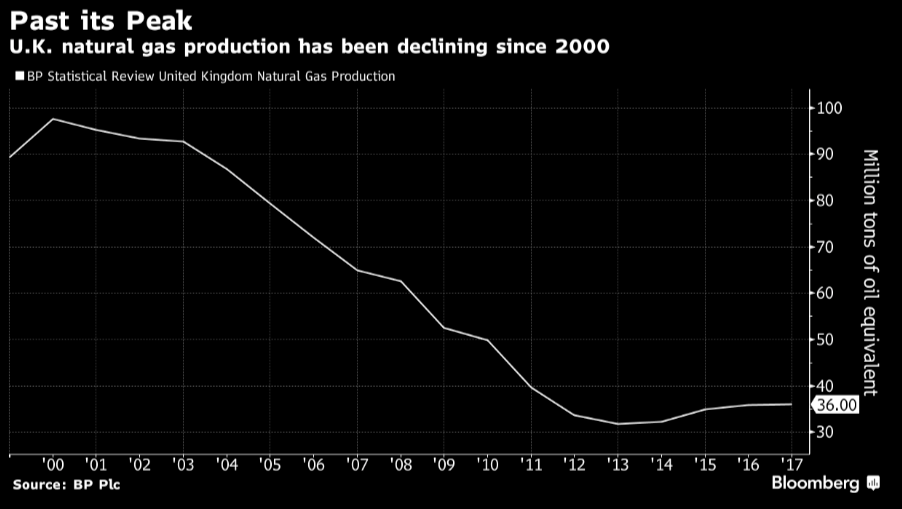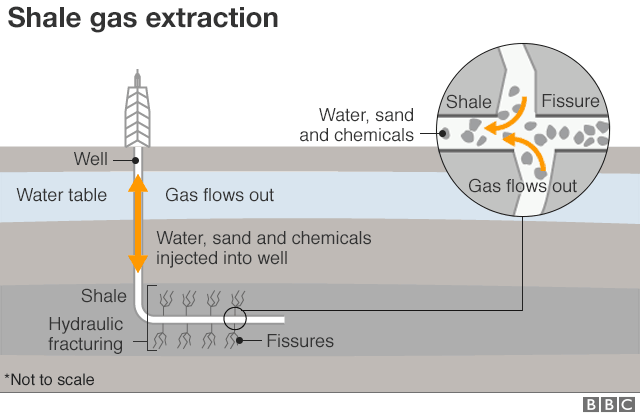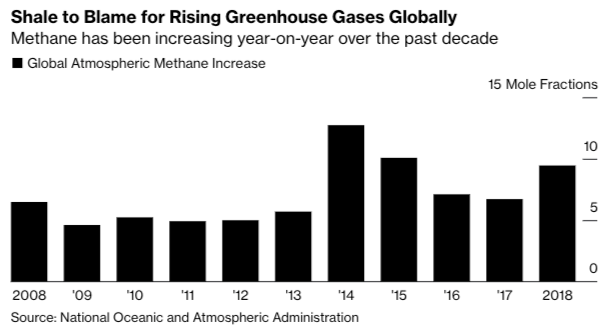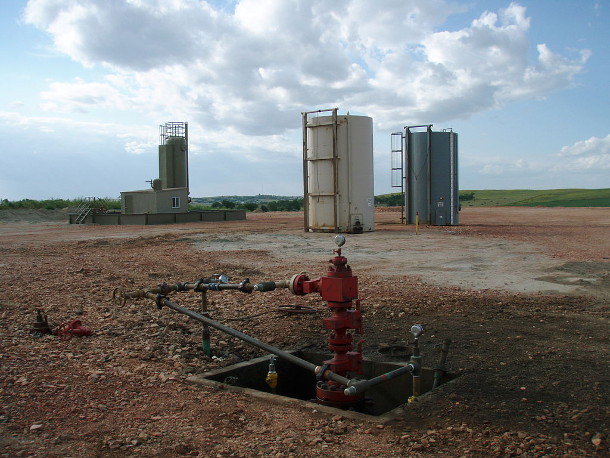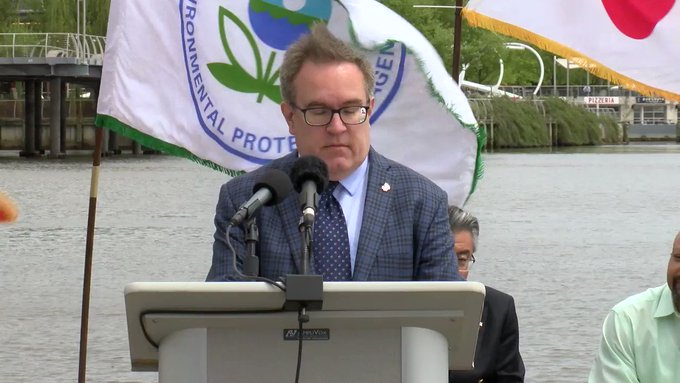In a victory for the ocean, a federal judge on Friday, November 9, ordered the Trump administration to cease issuing permits for offshore fracking and acidizing in federal waters — waters over 3 miles from shore — off the coast of Southern California.
U.S. District Judge Philip S. Gutierrez ruled that the federal government violated the Endangered Species Act and the Coastal Zone Management Act when it allowed fracking (hydraulic fracturing) and acidizing in offshore oil and gas wells in all leased federal waters off Santa Barbara, Ventura and Los Angeles counties.
Gutierrez issued an injunction prohibiting the two responsible federal agencies, the Bureau of Ocean Energy Management (BOEM) and the Bureau of Safety and Environmental Enforcement (BSEE), from approving any plans or permits for the use of well stimulation treatments (WSTs) off California.
The court concluded that the Federal Defendants “satisfied their obligations” under the National Environmental Policy Act (“NEPA”) in preparing the environmental assessment that is the subject of the suit.
“But theCourt also concludes that the Federal Defendants violated the Endangered Species Act (“ESA”) by failing to consult with the relevant federal services and violated the Coastal Zone Management Act (“CZMA”) by failing to prepare a consistency determination and submit it to California for review as required by that statute,” Gutierrez wrote.
Hydraulic fracturing is a well stimulation technique that uses a pressurized liquid to fracture rock. Acidizing is another well stimulation technique that entails pumping acids into a well in order to dissolve the rock, increasing the production by creating channels in the rock to allow oil and natural gas to reach the well.
…click on the above link to read the rest of the article…


